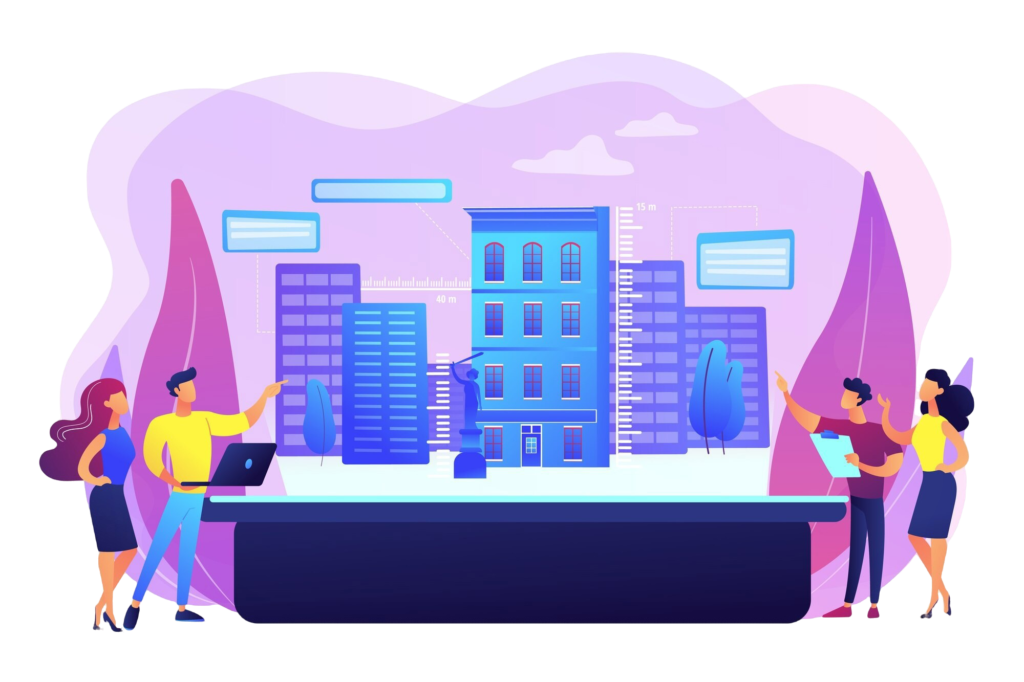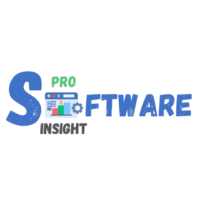Commercial Real Estate Management Software - Top Benefits

Table of Contents:
Intro
- What Is Commercial Real Estate Management Software?
- Benefits of Commercial Real Estate Management Software
- Addressing Common Concerns
- How to Choose the Right CREMS?
- Conclusion
Managing commercial real estate is a complex endeavor. Whether you oversee a portfolio of retail spaces, office buildings, or industrial properties, keeping up with tasks like lease management, tenant communication, maintenance tracking, and financial reporting can be overwhelming. This is where commercial real estate management software (CREMS) steps in as a game-changer, streamlining operations and driving efficiency.
In this blog post, we will explore the top benefits of commercial real estate management software, showcasing how it can revolutionize property management while adhering to the highest standards of credibility, accuracy, and trustworthiness.
What Is Commercial Real Estate Management Software?
Commercial real estate management software is a digital solution designed to automate and optimize various property management tasks. These platforms often include features such as:
- Lease administration
- Financial reporting and analytics
- Maintenance and repair tracking
- Tenant and vendor communication
- Document storage
- Compliance management
By consolidating these functionalities into one interface, CREMS empowers property managers to work smarter, not harder.
Benefits of Commercial Real Estate Management Software
1. Enhanced Efficiency Through Automation
Manual processes can bog down your operations. CREMS automates time-consuming tasks such as rent invoicing, lease renewals, and maintenance requests, freeing up valuable time. For example, automated rent reminders reduce the risk of missed payments, improving cash flow and tenant satisfaction.
2. Improved Tenant Experience
Happy tenants are the cornerstone of successful property management. Many CREMS platforms include tenant portals where occupants can:
- Submit maintenance requests
- Make online payments
- Access lease agreements
These features promote transparency and foster positive tenant relationships, ultimately increasing retention rates.
3. Data-Driven Decision-Making
Access to real-time data is critical in today’s fast-paced commercial real estate market. CREMS provides detailed reports on key metrics such as occupancy rates, income streams, and maintenance costs. These insights enable property managers to make informed decisions, optimize operations, and identify growth opportunities.
4. Streamlined Financial Management
Financial tracking is one of the most challenging aspects of managing commercial real estate. CREMS simplifies this process by:
- Generating accurate financial reports
- Tracking expenses and revenue
- Integrating with accounting software
This level of precision ensures compliance with tax regulations and financial transparency.
5. Centralized Document Management
Gone are the days of sifting through filing cabinets or email threads to find a lease agreement. CREMS provides secure, centralized storage for all essential documents, making it easy to access contracts, inspection reports, and vendor agreements whenever needed.
6. Scalability for Growing Portfolios
As your real estate portfolio grows, so do the complexities of managing it. CREMS platforms are designed to scale with your business, offering advanced features like portfolio analysis and multi-property management to handle increased demands seamlessly.
7. Regulatory Compliance Made Simple
Navigating the labyrinth of local, state, and federal regulations is no small feat. CREMS ensures compliance by:
- Sending reminders for important deadlines
- Generating necessary documentation
- Providing audit trails
This reduces the risk of costly legal penalties and enhances operational integrity.
Addressing Common Concerns
- Is CREMS expensive? While there is an upfront cost, many platforms offer scalable pricing tiers. Moreover, the long-term savings and efficiency gains often outweigh the initial investment.
- Will my data be secure? Reputable CREMS providers prioritize security, employing measures like encryption, multi-factor authentication, and regular audits to safeguard your data.
- Is it difficult to implement? Most CREMS solutions are designed with user-friendliness in mind. Many providers offer onboarding support and training to ensure a smooth transition.
How to Choose the Right CREMS
When selecting a CREMS platform, consider the following:
- Your specific needs: Identify the features that are most important for your portfolio.
- Scalability: Ensure the software can grow with your business.
- Integration capabilities: Check if it integrates with your existing tools, such as accounting software.
- Customer support: Look for a provider with a strong reputation for customer service.
Conclusion
Commercial real estate management software is a powerful tool that can transform the way you manage your properties. From automating routine tasks to providing valuable insights for decision-making, CREMS enhances efficiency, boosts tenant satisfaction, and supports business growth.
If you’re ready to take your property management to the next level, start exploring CREMS options today. The benefits are clear, and the potential for a more streamlined, profitable operation is within reach.
Have questions or need further guidance? Feel free to reach out or explore our in-depth resources on selecting the right CREMS for your needs. Your journey to smarter property management starts here.
